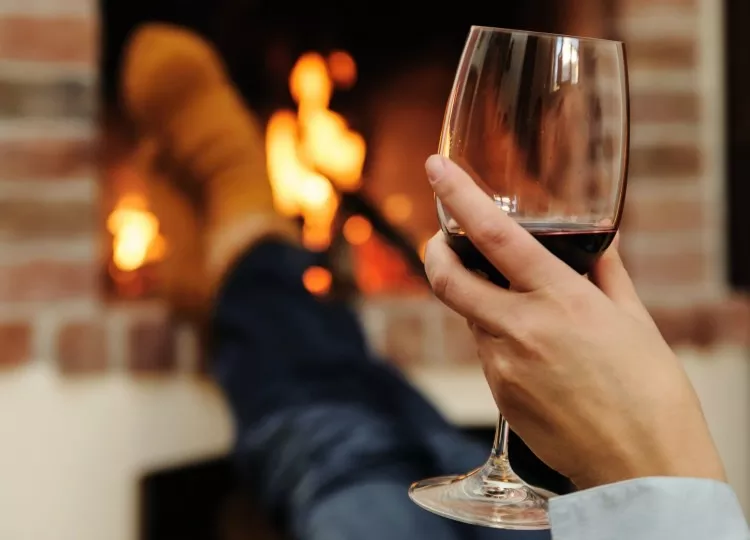Sparkling wine is a delightful beverage enjoyed around the world. Its effervescence adds a special touch to celebrations and everyday moments alike. Understanding how to make sparkling wine can enhance your appreciation for it. In this article, we will explore the four best methods for creating sparkling wine: the Traditional Method, the Charmat Method, the Carbonic Maceration Method, and the Transfer Method. Each technique offers unique characteristics and flavors. Let’s delve into these methods to discover how you can craft your own sparkling wine.
1. The Traditional Method
The Traditional Method, also known as the Méthode Champenoise, is the classic way to make sparkling wine. This technique is used in regions like Champagne, France. It involves a secondary fermentation process in the bottle. Here’s how it works:
Step 1: Primary Fermentation
The first step is to produce a base wine. Winemakers crush grapes and extract their juice. Yeast is then added to ferment the sugars into alcohol. This creates a still wine that serves as the foundation for sparkling wine.
Step 2: Blending
After fermentation, winemakers blend different base wines. This blending allows for complexity and consistency in flavor. Some winemakers add reserve wines from previous vintages to enhance the profile.
Step 3: Secondary Fermentation
Next, the blended wine is bottled with a mixture of sugar and yeast, known as liqueur de tirage. The bottles are sealed with a crown cap, allowing fermentation to occur in the bottle. During this process, carbon dioxide is produced, creating bubbles.
Step 4: Riddling
After fermentation, the bottles are placed at an angle in a riddling rack. This process helps the sediment settle in the neck of the bottle. Riddlers turn the bottles gradually to facilitate sediment movement.
Step 5: Disgorgement
Once the sediment has settled, the neck of the bottle is frozen. The cap is removed, and the frozen plug of sediment pops out. This leaves clear sparkling wine.
Step 6: Dosage and Corking
Finally, winemakers add a mixture of sugar and wine, known as dosage, to achieve the desired sweetness level. The bottle is then sealed with a cork and wire cage, ready for enjoyment.
2. The Charmat Method
The Charmat Method, or Metodo Italiano, is a more modern technique for making sparkling wine. It is quicker and less labor-intensive than the Traditional Method. This method is often used for Prosecco. Here’s how it works:
Step 1: Primary Fermentation
Just like in the Traditional Method, grapes are crushed, and yeast is added to create a base wine. This still wine will serve as the foundation for the sparkling wine.
Step 2: Secondary Fermentation in Tank
In the Charmat Method, the base wine undergoes a secondary fermentation in a large pressurized tank rather than in individual bottles. Sugar and yeast are added to the base wine, which is then sealed in the tank.
Step 3: Carbonation
As fermentation occurs in the tank, carbon dioxide builds up, creating bubbles in the wine. This process typically lasts a few weeks. The large tank allows for better control over the fermentation process and results in a consistent product.
Step 4: Filtration and Bottling
Once fermentation is complete, the wine is filtered to remove sediment. The sparkling wine is then bottled under pressure to preserve the bubbles. This method retains the fresh and fruity characteristics of the wine.
See Also: 5 Best Cheap Sparkling Wines for Mimosas
3. Carbonic Maceration Method
The Carbonic Maceration Method is less common for sparkling wine but offers a unique profile. This method is often used for Beaujolais Nouveau. It emphasizes the fruity aromas and flavors of the grapes. Here’s how this method works:
Step 1: Whole Cluster Fermentation
Instead of crushing the grapes, whole clusters are placed in a sealed tank. Carbon dioxide is pumped in to create an anaerobic environment. This encourages the grapes to undergo fermentation without yeast.
Step 2: Intracellular Fermentation
Inside the grapes, sugars convert to alcohol through intracellular fermentation. This process enhances the fruity flavors and results in low tannin levels. The grapes begin to release juice, which mixes with the carbon dioxide.
Step 3: Pressing and Bottling
After a few days, the tank is opened, and the grapes are pressed. The juice is collected and can undergo secondary fermentation to create sparkling wine. This method produces wines that are light, fruity, and easy to drink.
4. The Transfer Method
The Transfer Method is a hybrid technique that combines elements of both the Traditional and Charmat Methods. It allows for greater flexibility in production. Here’s how it works:
Step 1: Primary Fermentation
Similar to the other methods, winemakers crush grapes to create a base wine. Yeast is added for fermentation, resulting in a still wine.
Step 2: Secondary Fermentation in Bottle
The base wine is bottled with sugar and yeast to initiate secondary fermentation. The bottles are sealed and stored for fermentation, just like the Traditional Method.
Step 3: Transfer to Tank
After fermentation, the wine is transferred to a pressurized tank. This step allows for the removal of sediment without the need for riddling or disgorgement.
Step 4: Filtration and Dosage
The sparkling wine is filtered in the tank, and the dosage is added. The wine is then bottled under pressure, retaining its bubbles.
Conclusion
Making sparkling wine is an art that combines tradition, science, and creativity. Each method offers distinct flavors and characteristics, allowing winemakers to express their style. Whether you choose the Traditional Method, Charmat Method, Carbonic Maceration, or the Transfer Method, each approach has its ultimate charm. With these insights, you can appreciate the complexity behind every sparkling glass and perhaps even try your hand at making your own sparkling wine. Cheers to your sparkling journey!
You Might Be Interested In:


